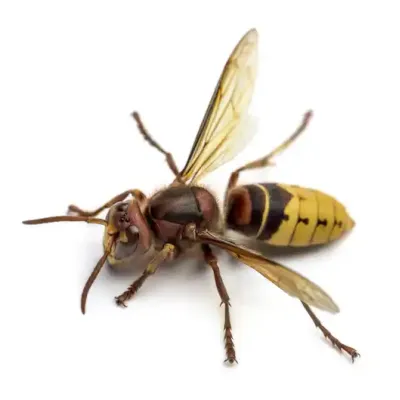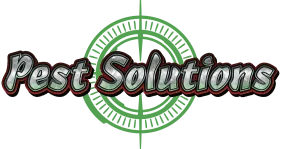About European Hornets

Appearance: Large brown body with yellow abdominal stripes and a pale face; 3/4 – 1 1/2 inch in length
Region: Found in 30 states from the eastern seaboard U.S. to the west of the Dakotas
Diet: Their primary food source is large insects, like grasshoppers, flies, and yellow jackets but European hornets will also feed on sap from plants and fruit like honeydew.
Habitat: European hornets are social wasps and will build their nests in hollow trees around 6 feet from the ground or wall voids that have anywhere from 200 to 400 workers. They tend to come out at night and seek out the light from outdoor fixtures, where their prey frequent.
Threats: While not hostile towards humans and considered beneficial since they prey on damaging insects, European hornets will strike multiple times if they feel threatened. Their venom can cause an allergic reaction in some people.
Control: For preventative measures, keep garbage cans away from your home with fitted lids, and remove any fallen fruit from trees on your property. Since European hornets come out at night and are attracted to light, try switching your outdoor light fixtures to yellow bulbs.
